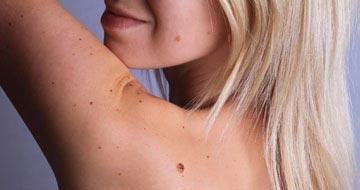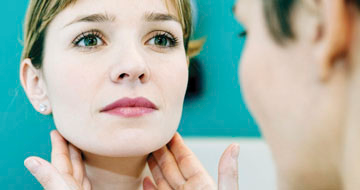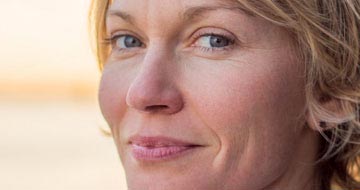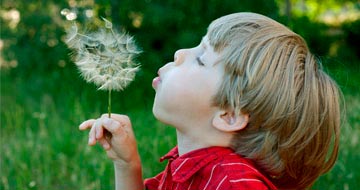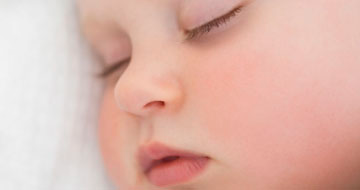
Are you SAD?
Most of us tend to feel energetic and cheerful in the summer and overall more tired in the winter, when we eat and sleep more. These changes are usually mild and generally acceptable.
But imagine feeling tired all the time, getting up in the morning unrefreshed, in a brain fog all day, unable to concentrate or focus; feeling quite miserable and down throughout the whole of winter...
Not a very appealing prospect? These are some of the symptoms that people suffering from seasonal affective disorder (SAD) experience in the winter months.
SAD, which is also called "winter blues", is a type of depression which only occurs in winter and resolves in spring and summer.
It seems to be due in great part to the reduced amount of sunlight during winter. Somehow, this has a direct effect on our brain chemicals and lowers the amount of serotonin (the happiness hormone) to levels seen in depressive patients. It also increases the levels of the melatonin hormone, which makes us sleepy.
Not everyone is sensitive to these changes in light, but for the ones who are, winter is like a long period of depression with social isolation, working difficulties and even suicidal tendencies.
Here are a few tips if you feel that you may have SAD:
- Speak to your doctor - ensure that there are no underlying pathologies to your fatigue.
- Increase the amount of natural light exposure during the day. Try to go for a walk at midday, to get as much bright light through your eyes as possible.
- Exercise is known to help alleviate some of the symptoms of depression. Aim for a minimum of thirty minutes of exercise daily. Being out of doors seems to help even more.
- Eat well - people with SAD crave for carbohydrates and tend to overeat. Try to counteract this by having plenty of fresh fruit and vegetables.
- Try to plan a holiday in a sunny country in the middle of winter - this may improve your symptoms and the winter will feel shorter.
- Consider using a light box. These special bright lamps can improve symptoms in 85% of SAD sufferers. One hour of light therapy is the equivalent of a sunny spring morning for your brain. Although expensive, light boxes can make a big difference to people with SAD.
- Psychotherapy or cognitive behavioural therapy may also have a place in the management of SAD and when the symptoms of SAD are very invalidating, antidepressants can be used alongside light therapy.
For more information about SAD, please click here.
Dr Isabelle Benard MD General Practitioner


